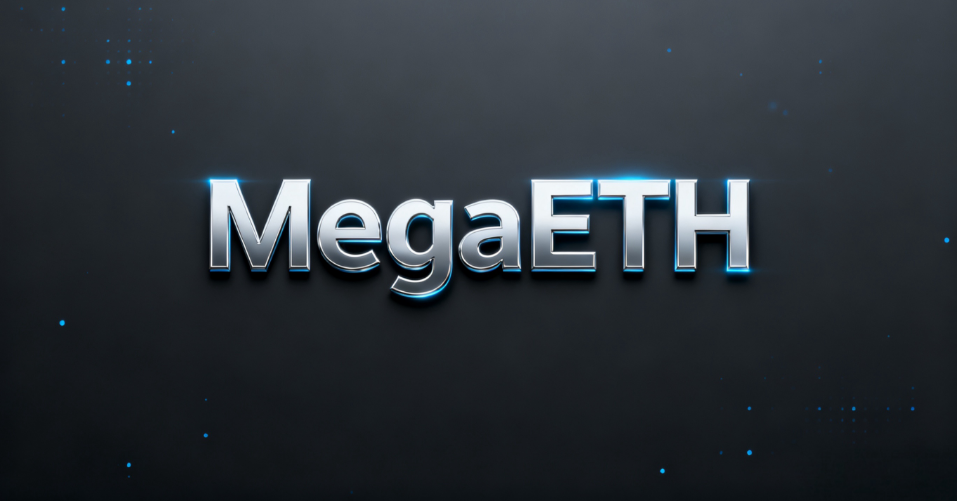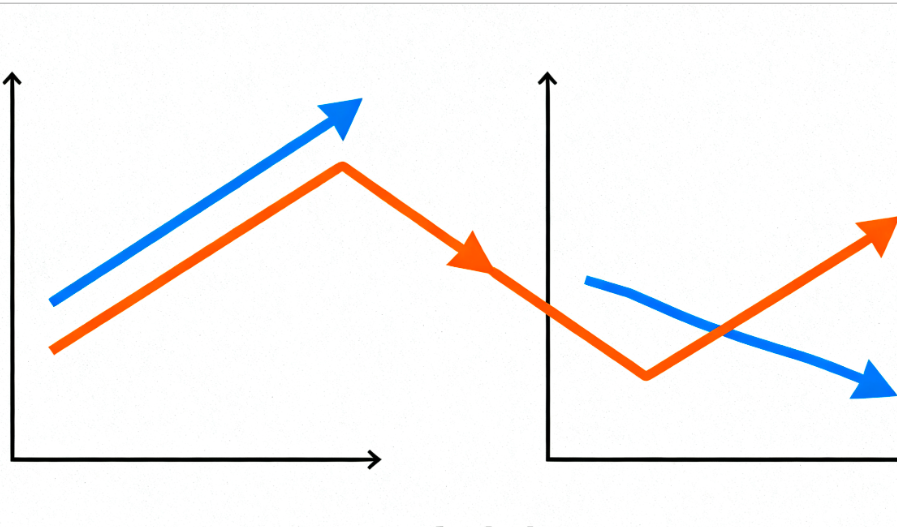
MegaETH has become a focal project in the crypto market with its technological breakthrough of the "real-time blockchain" and its ecosystem concept co-built by the community.
While the Ethereum ecosystem is still struggling with performance bottlenecks, MegaETH's technical declaration of "100,000 TPS + millisecond-level latency" is reshaping the imagination boundaries of the Layer 2 track.
From the early seed round funding involving Vitalik, to the lightning fundraising on the Echo community, and to the NFT sales earlier this year, every step of MegaETH has gripped the market's attention.
Now, this project backed by Vitalik Buterin is about to launch a public sale on the Sonar platform. Is this a rare entry opportunity for ordinary investors? Or is it the last leg before risk accumulation?
This article will dissect MegaETH from the perspectives of its funding history, valuation logic, core value, and potential risks.
MegaETH Funding Journey: From VC and Vitalik Backing to Community Co-building
As an Ethereum L2 project promising a "real-time blockchain," MegaETH's funding journey showcases an evolution from VC funding to community-driven sales.
In June 2024, MegaETH announced the completion of a $20 million seed round led by Dragonfly, with participation from institutions including Figment Capital, Robot Ventures, Big Brain Holdings, etc. Angel investors included Vitalik Buterin, Joseph Lubin (Founder and CEO of ConsenSys), Sreeram Kannan (Founder and CEO of EigenLayer), Kartik Talwar (Co-founder of ETHGlobal), Mert Mumtaz (Co-founder and CEO of Helius Labs), Hasu, and Jordan Fish (aka Cobie), among others.
By December 2024, MegaETH raised $10 million in less than three minutes through Cobie's Echo platform, far exceeding the set target of $4.2 million. This round attracted approximately 3,200 investors from 94 countries, with an average investment amount of $3,140 per investor.
At that time, MegaETH co-founder Shuyao Kong told The Block that both the seed round and the Echo round used a structure of equity plus token warrants, with valuations for both rounds being "nine figures," meaning an FDV of at least $100 million.
Surprisingly for the community, in February of this year, MegaETH launched "The Fluffle" series NFT for innovative financing, further expanding its community base. All 10,000 NFTs in this series are non-transferable SBTs (Soulbound Tokens) and were sold via a whitelist at a price of 1 ETH. Holders collectively receive at least 5% of future token allocation rights, with 50% unlocked on TGE day and the remaining unlocked linearly over 6 months.
This NFT issuance was divided into two phases. Phase 1 (5,000 NFTs) was a retroactive phase targeting individuals actively participating in the Crypto industry (from those supporting key protocols to individuals bootstrapping local communities). A small portion was also allocated to influential early believers in the MegaETH community and various strategic partners, with some distributed via free mints. One week after launch, MegaETH announced the completion of Phase 1 NFT issuance.
According to MegaETH's previous plan, Phase 2 NFT issuance would occur months after Phase 1, aiming to provide similar participation opportunities for users who continuously drive impactful social and on-chain interactions for MegaETH. The difference in this round is that quotas will be allocated to MegaETH's flagship accelerator program, "Mega Mafia." Each team will receive a portion of the quota to distribute within their respective communities. A small portion of the quota in this round will be reserved for ordinary users through social media analysis.
According to the MegaETH website, the latest community sale is open to all users who successfully complete identity verification on the Sonar platform and will use USDT on the Ethereum mainnet as the payment method. It might use a Dutch auction format with a fixed maximum price cap. Choosing a 1-year lock-up period grants a 10% discount on the final token price. All US participants must be locked.
Valuation Logic: Historical Pricing, Market Expectations, and Core Value
The evolution of MegaETH's valuation is closely tied to its funding history, market expectations, technological progress, distribution mechanism, and ecosystem.
Historical Funding Valuations: Climbing from $100M to $540M
As mentioned earlier, the FDV for both the $20 million seed round in June 2024 and the $10 million Echo round in December 2024 were nine figures.
In the Phase 1 NFT issuance in February this year, according to a screenshot shared by Adam Hollander, CMO of OpenSea at the time, MegaETH raised 4,964 ETH in the Phase 1 NFT issuance, valued at approximately $13.29 million at the time.
Based on the author's calculation, this $13.29 million represents at least 2.5% of the token allocation rights. Based on the NFT fundraising, MegaETH's FDV at that time was around $540 million.
Polymarket Prediction: 86% Probability of Reaching $2B FDV
In the Polymarket prediction market regarding "MegaETH FDV after first day of trading," the probability of the FDV exceeding $2 billion is 86%, exceeding $4 billion is 57%, and exceeding $6 billion is 21%.
This means that if MegaETH's FDV reaches $2 billion, the first batch of NFT holders would see a return multiple of 3.7x (in USD terms), while the return potential for seed round and Echo round participants is even more substantial.
Platform Effect Boost: The "Profit Effect" of Sonar's First Project
The Sonar platform (under Cobie's Echo), where this community sale is taking place, comes with its own traffic halo. Its first fundraising project, Plasma, performed impressively – peaking at 34 times its sale price ($0.05) on the fourth day after TGE and still maintaining a 9x increase. This platform effect further raises market expectations for MegaETH's valuation.
Core Value: The Triple Moat of Technology, Mechanism, and Ecosystem
MegaETH's ability to continuously attract capital and community favor stems from its differentiated competitiveness in technological innovation, distribution mechanisms, and ecosystem development.
Technology: Addressing common issues in existing L2s like second-level delays and insufficient throughput, MegaETH significantly enhances Ethereum's scalability by optimizing the execution environment and node architecture, while maintaining full compatibility with EVM, directly addressing the core needs of Web3 applications like high-frequency trading and real-time on-chain games.
Distribution Mechanism: MegaETH's distribution mechanism largely adheres to a community-oriented approach, evolving from the seed round, to the elite-community-only Echo platform, to NFT sales targeting deeply engaged Crypto industry participants, and the upcoming ICO on Echo's fairer public token sale platform, Sonar. This avoids the monopoly of allocation by institutions common in traditional financing.
It's worth emphasizing that the "The Fluffle" series SBTs issued by MegaETH also discard tradability. Token release follows a "TGE 50% + 6-month linear unlock" model. After unlocking begins, the release of token rewards for holders is deeply linked to the depth of their network interaction, encouraging genuine user participation through a dynamic evolution mechanism.
Ecosystem Development: MegaETH is progressively building its ecosystem through the MegaMafia accelerator program, the flagship builder hub MegaForge, and the stablecoin MegaUSD. The testnet has already attracted deployments of multiple applications covering DeFi, social, gaming, AI, and other fields. Some selected applications include DEX GTE, stablecoin engine CAP, real-time perpetual contract platform Valhalla, trend trading platform NOISE, etc.
Risk Warning
Despite its prominent highlights, MegaETH still faces multiple challenges. From a horizontal comparison, the valuations of current mainstream Layer 2s have set reference benchmarks for the market: Arbitrum FDV is $3.2B, OP FDV is $2B, Starknet FDV is $1.2B, Zksync FDV is $800M. Against this backdrop, uncertainty remains regarding whether MegaETH can break through a $2B FDV.
As an early-stage project, MegaETH also faces risks such as technology implementation execution and overall market volatility. Investors need to maintain rational judgment. After the detailed sale terms are announced, make prudent decisions based on the specific pricing, FDV, and token economic model. DYOR.
















